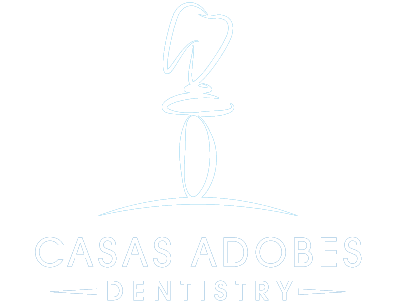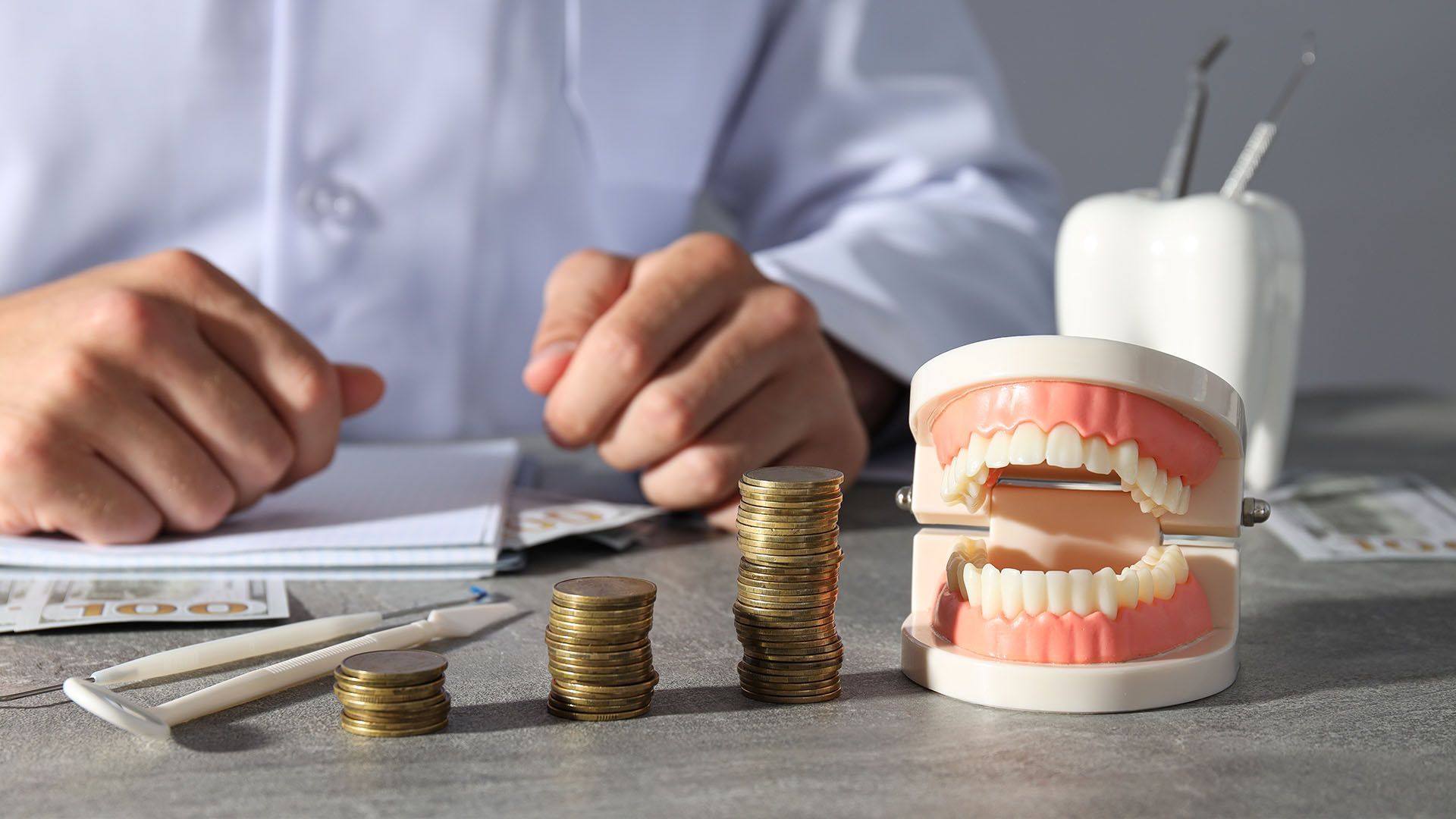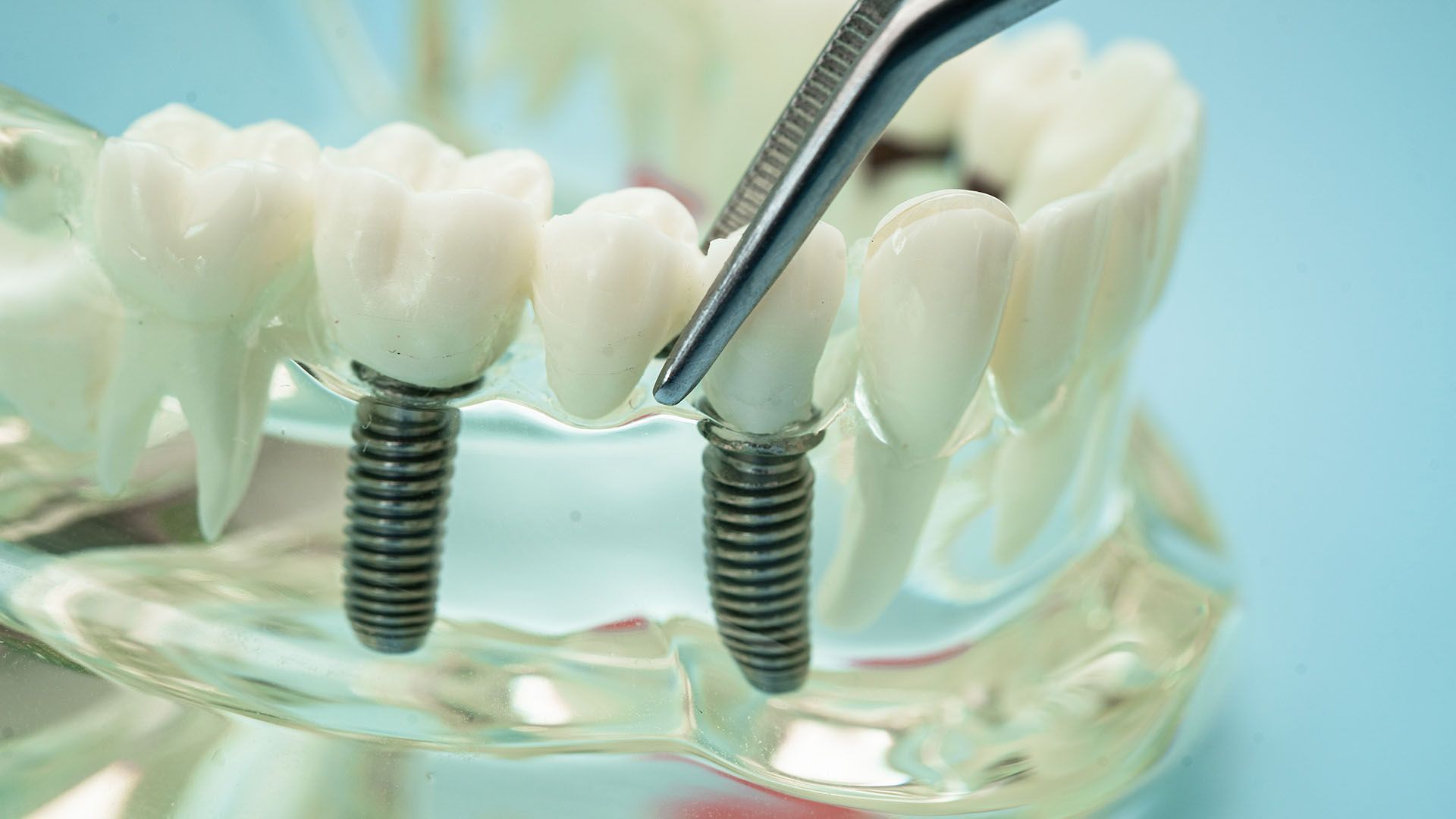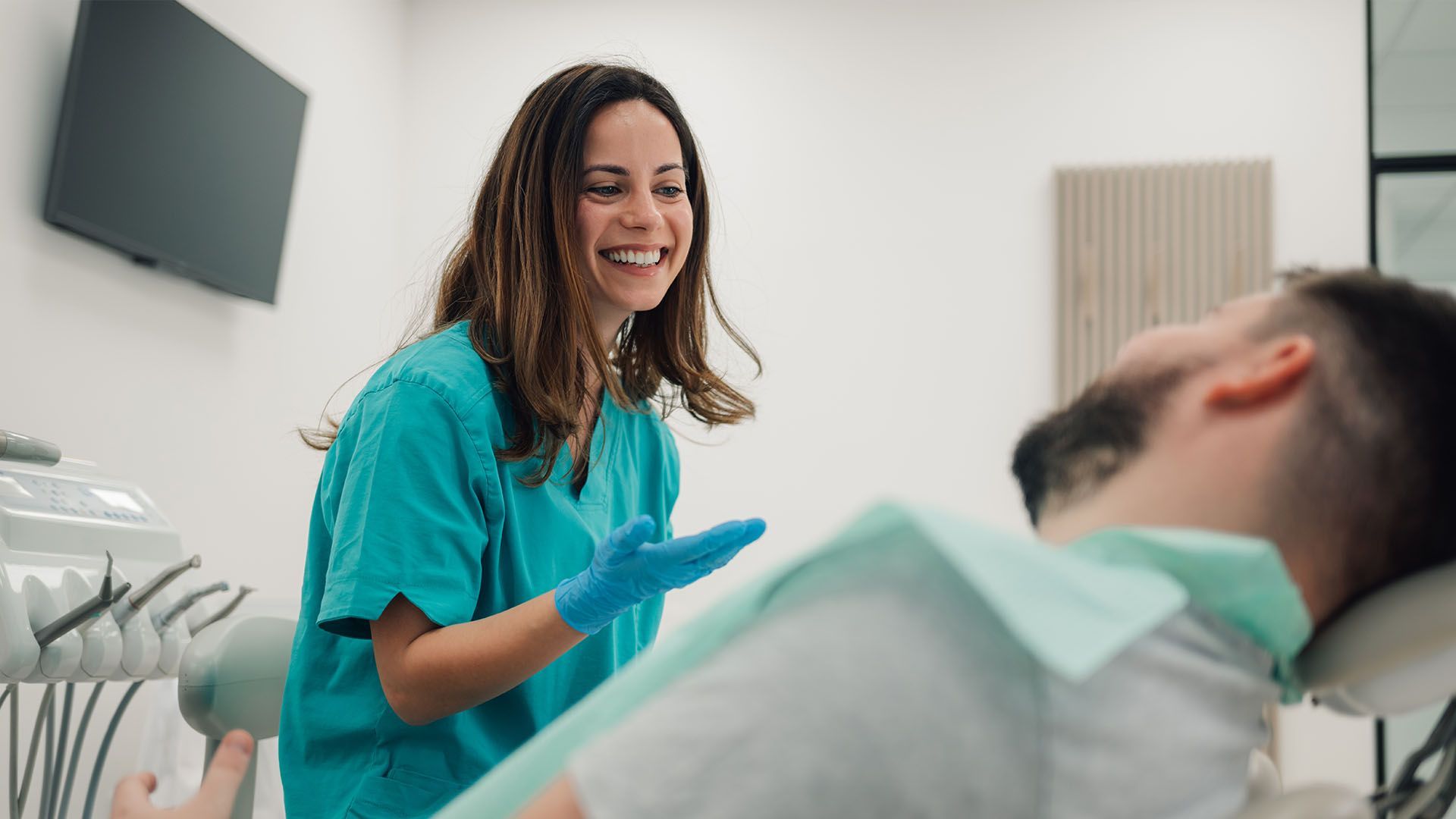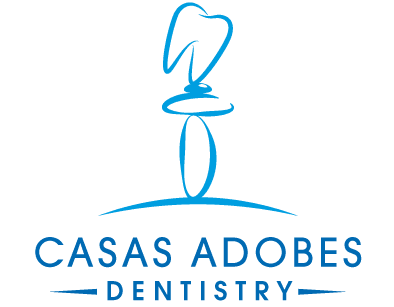What Is an Arch in Dental Implants? Pros, Cons & Candidacy

At Casas Adobes Dentistry, we plan, place, and restore dental implants— including full-arch cases—every week. We’ve guided many patients through this process, so we’re qualified to explain it clearly. This article uses an easy, 8th-grade reading level. We’ll give you the short answer first, then the details.
Quick Answer
An
arch is one jaw—either your upper (maxillary) jaw or lower (mandibular) jaw. In implant dentistry, you can replace teeth in
one arch (single-arch) or
both arches (double-arch). A
full-arch dental implant restoration usually uses 4–6 implants to support a new set of fixed teeth or a removable overdenture. The right choice depends on bone, bite, health, and goals.

Dental Arch Basics
- Upper vs. lower: The upper arch often needs different angles or grafting near the sinuses; the lower arch sits over the nerve canal and often has denser bone.
- Partial vs. full-arch: You can replace a few teeth (partial-arch bridges) or every tooth in that jaw (full-arch restoration).
- Fixed vs. removable: Fixed bridges are screw-retained and stay in; implant-retained overdentures snap on and off for cleaning.
Treatment Options by Arch
- Single teeth or small spans: Implants can hold single crowns or small
implant bridges when only a few teeth are missing.
- Full-arch fixed bridge (All-on-X): A streamlined approach using 4–6 implants to support a
fixed hybrid bridge.
- Implant-retained overdenture: A removable denture that clips to 2–4+ implants with locator attachments or a bar-supported overdenture.
How Many Implants Per Arch?
Common setups include All-on-4, All-on-6, or All-on-X (custom count). The number depends on:
- Bone quality and volume
- Bite forces and grinding (parafunction)
- Arch shape and smile line
- Health history and healing goals
Pros & Cons by Restoration Type
Fixed Full-Arch Bridge (screw-retained hybrid)
- Pros: Very stable, high chewing efficiency, “most like teeth,” no daily removal.
- Cons: Higher cost, more detailed hygiene, occasional repairs or material updates.
Implant-Retained Overdenture
- Pros: More affordable, easier to clean, much better retention than traditional dentures.
- Cons: You remove it daily, attachments wear and need periodic maintenance.
Partial-Arch Bridges
- Pros: Natural feel, no drilling of neighboring teeth.
- Cons: Needs adequate space and bone; extra thread-through hygiene under the bridge.
Are You a Candidate?
Good candidates have:
- Enough bone (or a plan for
bone grafting). Upper arches may need
sinus lift support.
- Healthy gums and controlled health conditions (e.g., diabetes, medications).
- Realistic goals for look, function, and care.
- Budget and downtime that fit the plan (single-arch now, second arch later is common).
Planning & Technology
We use CBCT 3D planning to measure bone, see nerves and sinuses, and map ideal implant positions. Guided surgery can improve accuracy and comfort. Final bridge materials vary—zirconia full-arch bridge for strength and esthetics; acrylic hybrid denture for repairability and softer bite feel. Your bite (occlusion) and alignment are checked so you can chew and speak well.
Step-by-Step: Full-Arch Timeline
- Consult & records: Photos, 3D scan, bite analysis, and a simple, written plan.
- Surgery day: Extractions (if needed), grafting as planned, implant placement, and a
provisional full-arch prosthesis (often same day for “teeth in a day”).
- Healing (osseointegration): Several weeks to months for implant-bone bonding.
- Final bridge: Precision try-ins for fit, esthetics, and speech; then delivery and torque-down.
Comfort & Recovery
Expect swelling and tenderness for a few days, then steady improvement. A soft-food diet protects the site while you heal. Pain is typically well-controlled with prescribed or over-the-counter medication as directed. Call if pain worsens after day 3, you develop fever, or a prosthesis feels loose.
Care & Maintenance by Arch Type
- Fixed full-arch:
Daily brushing, a water flosser, threaders/interdental brushes, and routine professional cleanings.
- Overdenture: Daily removal and rinsing, clean the attachments and denture base, and plan for reline or attachment replacements over time.
Costs & Value
Your arch fee usually includes diagnostics, surgery, temporary teeth, and the final bridge or overdenture. Fixed bridges cost more but deliver “teeth-like” function and feel. Overdentures lower costs while greatly improving stability vs. traditional dentures. Long-term, implants protect bone and often reduce future repairs compared with removable dentures alone.
Common Questions
- Upper vs. lower— which is easier? The lower arch often has denser bone; the upper may need sinus-related planning. Both can be very successful with proper design.
- Can I do one arch now and the other later? Yes. Many patients stage treatment to fit the budget and healing.
- Will I be without teeth? With immediate-load plans, most patients leave surgery with a temporary fixed bridge or overdenture the same day.
Risks & How We Minimize Them
All surgery has risks (infection, implant failure, bite issues). We reduce them with careful 3D planning, guided surgery, sterile technique, bite guards for grinders, and close follow-up. Good home care and regular checks are key.
Our Approach
We focus on clear planning, gentle surgery, and simple at-home routines you can actually follow. Whether you choose a fixed hybrid or an implant-retained overdenture, we’ll match the design to your bite, bone, and daily life.
Bottom Line
An arch is one jaw. You can replace an entire arch with full-arch dental implants using a fixed bridge or a removable overdenture, or you can treat smaller gaps with partial-arch solutions. With modern imaging, guided placement, and the right design, most patients get a stable, natural-looking smile that fits their comfort, hygiene, and budget.
Still worried about implant pain? Let’s make a plan together.
At
Casas Adobes Dentistry, we place and restore implants every week. We’ll walk you through a simple, step-by-step plan to keep you comfortable and heal well—no pressure, just clear answers.
Ready when you are: contact us to schedule a no-pressure consultation.
